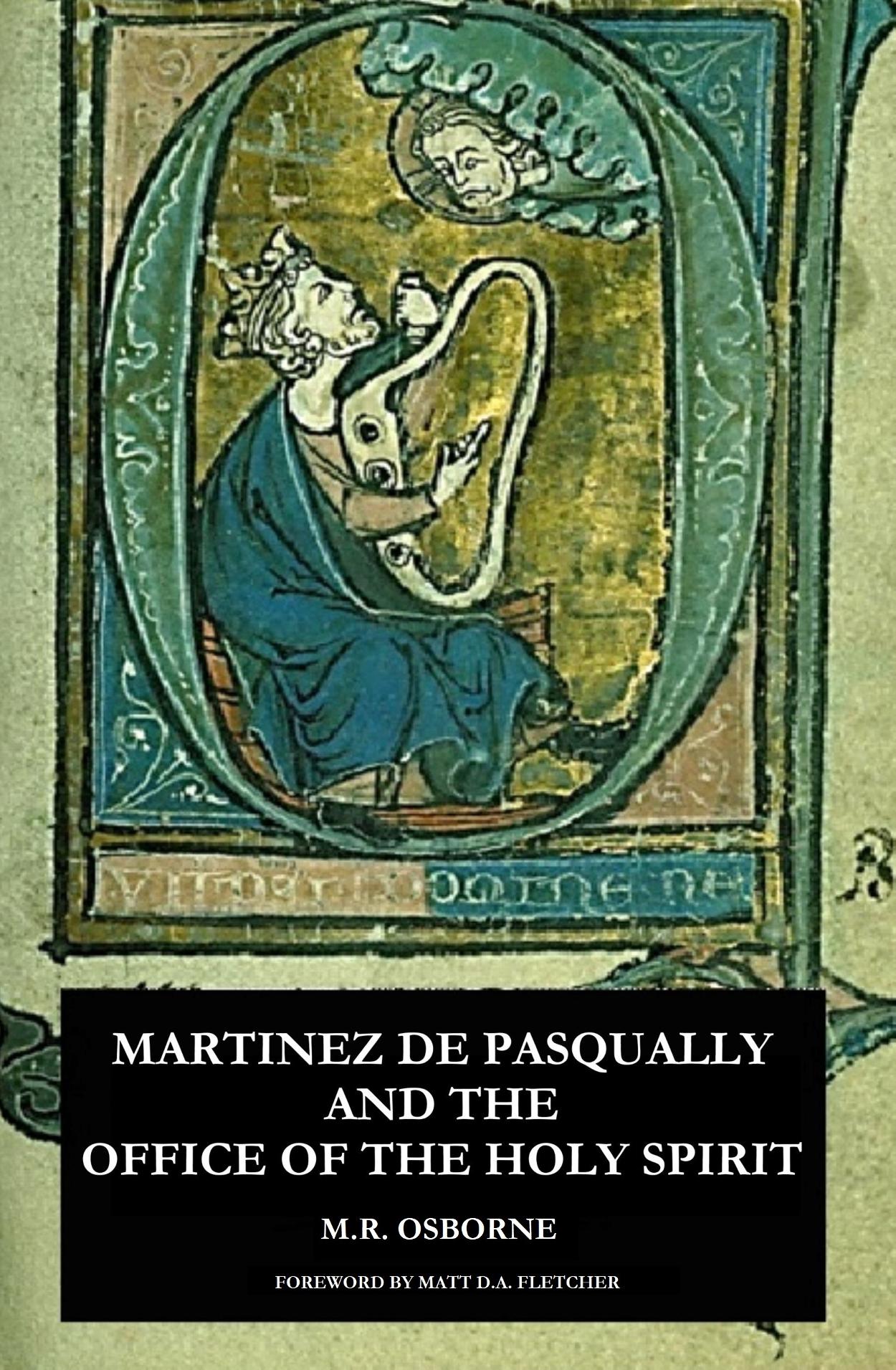Martinez de Pasqually and the Office of the Holy Spirit
Martinez de Pasqually felt that intercession to the Spirit was critical on the path of Reconciliation and Regeneration. The liturgy of the rare Hours of the Holy Spirit, recommended by Pasqually as a weekly devotional, were contained in a plenary dating from 1725 and reprinted in 1741. It is reproduced in Part One of the new book, together with a rendering into English. In Part Two, the entire late thirteenth century manuscript of the complete Office of the Holy Spirit is reprinted. The original manuscript is located at the Walters Art Museum in Baltimore. A Latin transcription of the Office is provided, along with a translation drawn from contemporary devotional texts.
Before the invention of mechanical clocks, the concept of time was not fixed in the minds of men. Instead, it was based on astrological and astronomical principles, centred on the movements of the spheres and the earth. The sun's rising and setting, the moon, and the changing seasons were crucial in defining time. Unlike today, time was not considered fixed at all, but the practice of worshipping God and invoking the prayers of the saints and angels at designated times of the day, such as sunrise, dawn and sunset etc) symbolised the Church's collectivity and universality.
In modern Catholic devotional prayer books, few components of the liturgy of the Office of the Holy Spirit survive. The Office had been a devotional prayer cycle used in the monasteries but was never included in the Roman Breviary (the Church's official liturgical book). Invocations and prayers to God the Holy Spirit instead found their way into the Eucharistic service, particularly that for Pentecost. The Divine Office of the Holy Spirit survives only in rare, illuminated manuscripts once held in monastic libraries.
The modern liturgies in the Breviary are structured into four key parts, namely: Psalms; the Proper of the Season (a liturgy for the current season); the Proper of the Saints (a liturgy for a specific saint celebrated on a given day in the liturgical calendar); the Commons (a section of the liturgy applicable to an entire category of saints); and the particular Office based on the season or saint to be venerated. This structure is, however, very old indeed, and was intended to offer time to the Almighty and aid in the victory of light over darkness. The closest extant liturgy to the defunct Office of the Holy Spirit today is that for the Day of Pentecost.
Prior to Vatican II, there were eight canonical Hours. The first service in the medieval hours was Matins. This was traditionally celebrated at midnight, and included a psalm, a hymn, and sections known as Nocturna (or "Watches of the Night"). The watches were essentially shorter offices which contained a psalm, antiphon, versicle, prayers, scripture readings, and the hymn Te Deum. The second Hour was Lauds, traditionally held at sunrise. This service included four psalms, a scripture canticle, psalms, a hymn, the Benedictus and prayer. The subsequent services, known as the "Little Day Hours", were Prime, Terce, Sext (at noon), and None. Each service was similar, consisting of a hymn and selected sections of a psalm followed by prayer. The Hour of Prime varied slightly with the inclusion of additional psalms. Vespers was intended to be held at sunset to mark the beginning of the next day.
Vespers was spoken and sung in parts. It consisted of five psalms varying according to the day of the week, a hymn, the Magnificat (or "Canticle of Mary") and other prayers. Vespers also survived as the liturgy of Evening Prayer in Anglicanism. Completorium (or Compline, the "completing service") was intended to be celebrated before bedtime., therefore containing a supplication for protection during the night. This service has always remained consistent in the Catholic tradition, forming a general confession, four fixed psalms, a hymn, the Nunc Dimittis, prayers, and commemoration of the Blessed Virgin.
The Breviary also consists of the Proprium de Tempore ("The Proper of Time"), which changed parts of the Sunday offices and nocturns depending on the liturgical season. The third part, the Proprium Sanctorum, contains special offices dedicated to saints. The fourth part is the Commune Sanctorum, consisting of twelve little offices dedicated to the festivals of saints, categorised according to the class to which each saint belongs.
Fixed versions of the full Offices were known as "Little Offices”, and these came about to simplify the liturgical calendar. They were essentially the same length as a full Office, but the content was less varied. To make these Little Offices even more accessible, the Books of Hours (liturgia horarum) took the diminution further, by dispensing with the Psalms altogether. The Hours were therefore truncated versions of the Little Offices, but with optional Psalms.
The book also contains a considered analysis of the evolved theological beliefs of Pasqually, and how the Holy Spirit was fundamental to the development of the Élus Coën theophilosophy.
Read more about the new book, Martinez de Pasqually and the Office of the Holy Spirit
Article (c) M.R. Osborne, 2025







